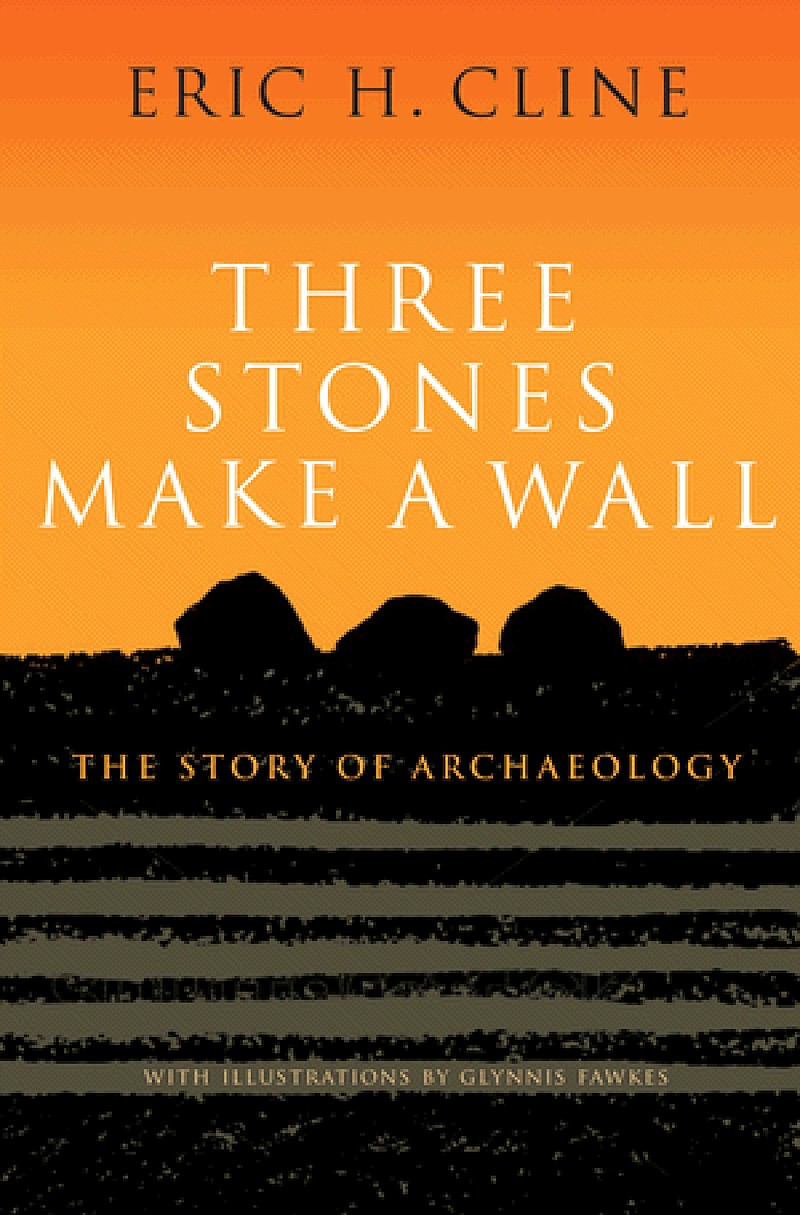Three stones make a wall. Rather gnomic, that, but when tucked into its original setting-a well-turned, five-point guide to archaeological inquiry-it's sagacious and poetic. "One stone is a stone. Two stones is a feature. Three stones is a wall. Four stones is a building. Five stones is a palace." As adages go, that's an enchanter, even in a field of investigation requiring the patience and trust of Job.
Well, that's half the fun of it, Eric Cline explains in his new book, "Three Stones Make a Wall: The Story of Archaeology." Think of the great finds, some of which waited many tens of thousands of years to be found. Then consider the unfound, waiting. Archaeology is powered by its ever-present promise, fueling an abiding optimism. It isn't a question of if, but where and when. The earth contains the human story, in stops and starts and palimpsests. By penetrating-or believing you have penetrated-some ancient mystery, you have likely revealed another. "It turned out that there were nine cities buried one on top of another in the mound," he writes-that particular mound being Homer's Troy. Archaeology is the gift that keeps on giving, dig?
In shiftless gratitude, we can thank Cline, his colleagues, and forebears for doing the heavy lifting presented in "Three Stones Make a Wall," which tenders a broad, fleshy survey of archaeology's history and big finds, as well as the bones and sinews that make the field so fundamental to our human story. Cline's enthusiasm is a force of nature, just bridled enough to pause and consider certain critical genetic sequences in the strands of archaeology's DNA, those that fashioned the field's chromatic stories and venerable truths.
The history of archaeology's big digs and finds, as told by Cline, is helplessly thrilling: Harold Carter peeking into King Tutankhamen's tomb and whispering "I see wonderful things"; the great stone rings that required so many workers toiling for decades that ring-making spawned domestication and settlement; a Hittite tablet that speaks of ongoing troubles with a vassal kingdom to the northwest: Wilusa, ruled by Alaksandu = Ilios, Alexander, the Trojan War. Pompeii, Herculaneum, Knossos, Rome, Megiddo, Mississippian Mound Builders. The pyramids of Egypt turn out to be that day's WPA, Teotihuacan has a tunnel lined with glitter, Jamestown had cannibalism.
Then there are the timeless takeaways. Howitzering the Buddhas of Bamiyan, laying waste to Palmyra-same as it ever was, our wayward progression. Looting? Everywhere and industrial, backhoes and bulldozers, and a one percent of private collectors waiting with open arms. "Looters wouldn't bother stealing things"-like our collective global heritage-"from archaeological sites if they had no place to sell them," he writes.
But let's remember Cline on up notes. First, that invading the long-dead's privacy is a great, humbling pleasure, worthy of thanksgiving, as once we did before killing a deer or chopping down a tree. And that humor-even academic humor-is always welcome. At Tel Kabri, in northern Israel, his team disinterred a large jar; a wine jar, part of a 6,000-jug cellar. Those Canaanites knew how to party! "I am often asked what it might have tasted like," Cline writes. "I simply answer that it has an 'earthy taste' now. "

